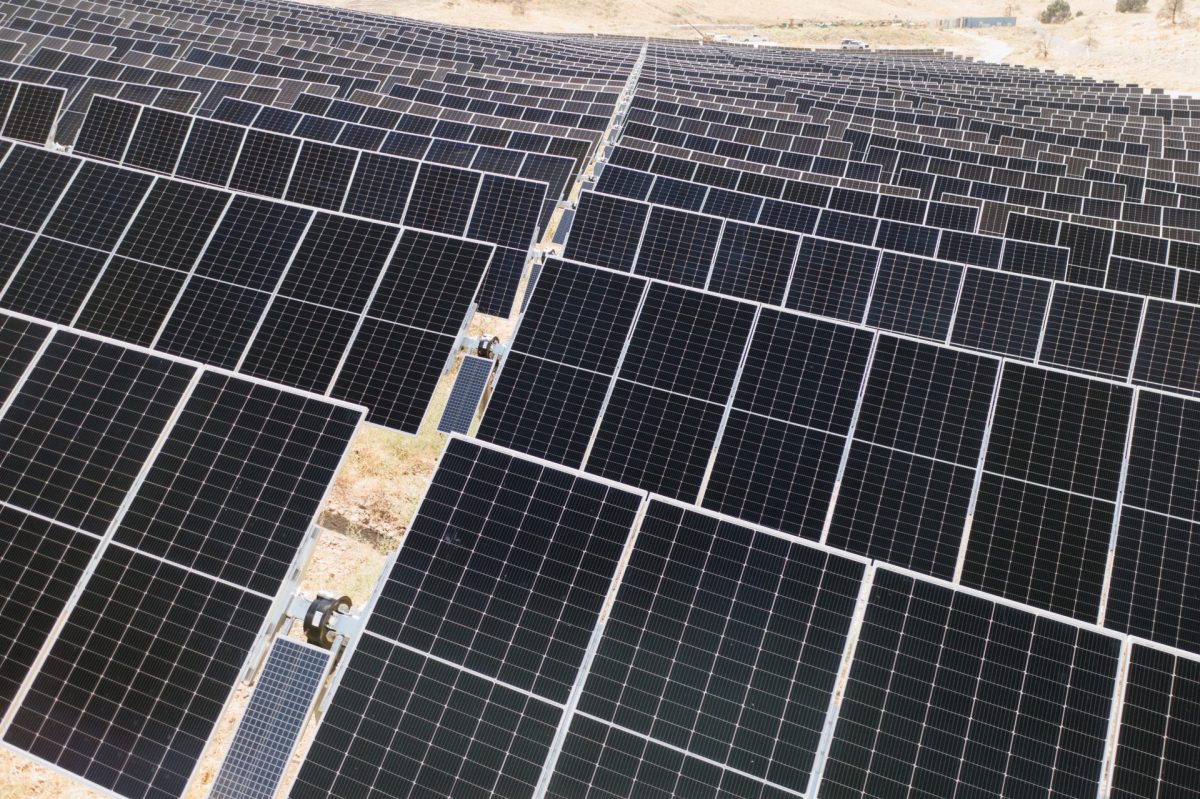The solar industry is evolving rapidly, and nowhere is this more evident than in Virginia, where House Bill 206 is reshaping how utility-scale solar projects approach land use and environmental impact. With more than10,000 acres of prime agricultural soils and forest lands being converted for solar development annually, the need for responsible development practices has never been more pressing. As the first comprehensive legislation of its kind, HB 206 isn’t just changing the game in Virginia – it’s likely previewing what’s coming across the nation.
What Does HB 206 Require?
The law introduces significant mitigation requirements when solar projects impact agricultural or forested lands. Specifically, it’s triggered when developments:
- Disturb more than 10 acres of prime agricultural soils
- Impact more than 50 acres of contiguous forest land
- Affect any forest land in preservation programs
- Disturb high-value ecological core forests
The base requirement is straightforward but substantial: developers must permanently conserve an equivalent amount of similar resources through conservation easements. For particularly sensitive ecological areas (C1 and C2 forest cores), the mitigation ratios increase dramatically, up to 7:1 for the highest-value areas.
Why This Matters Now
While these requirements only apply to projects that submit interconnection requests after December 31, 2024, the implications are immediate. Developers need to start planning now for how these requirements will affect project economics and site selection. The mitigation costs, whether through direct conservation easements or in-lieu fees, will significantly degrade project feasibility on impacted sites.
HB 206 is bringing the true costs of traditional solar development into focus. Environmental damage and loss of productive land, costs typically absorbed by local communities and ecosystems, are now being quantified in developers’ project budgets through mitigation requirements. Unfortunately for developers, this heightened transparency makes it clear that status quo, using legacy trackers, pushes them toward one of two unpalatable options. They can live with the significant extra costs and headaches of the new mitigation requirements, or not develop at all due to the limitations of those traditional tracker architectures.
At Nevados, we provide developers with a third option: the ability to develop solar projects without limitations or mitigation requirements by working in harmony with the natural landscape rather than against it.
A Better Approach: Design for the Environment
The future of solar development lies not in paying to mitigate environmental impacts, but in avoiding them altogether. That’s why we’ve focused on creating solutions that enable development while preserving a site’s natural features.
This is where terrain-following trackers are game-changing. Our TRACE All Terrain Tracker® isn’t just a tweaked version of a flat-ground system. It’s designed from the ground up to thrive on challenging terrain, eliminating the need for mass grading and enabling development on complex terrain while preserving existing soils and natural features. The key to this capability lies in TRACE’s unique hardware architecture:
Articulating bearings that accommodate up to 26% slope changes between posts, allowing the tracker to follow the natural contours of the land
Non-continuous torque tube design that enables each tracker bay to adjust independently to the terrain
Wide install tolerances allows the system to adapt to differential soil settlement, reducing the need for costly remediation
Individual row control and terrain-aware backtracking that optimize energy production on undulating terrain
Together, these features allow developments using the TRACE tracker to minimize disturbance to prime agricultural soils, preserve natural drainage patterns and soil health and significantly reduce environmental mitigation requirements.
The Future of Solar Development
Virginia’s approach is likely just the beginning. As solar development continues to expand nationwide, other states are watching closely. We’re seeing increasing focus on:
- Protection of prime agricultural lands
- Preservation of forest resources
- Maintenance of ecological corridors
- Reduction of grading and soil disturbance
This trend toward stronger environmental protections isn’t going away. In fact, it’s likely to become more stringent as states work to balance renewable energy goals with conservation of natural resources.
So, while HB 206 might seem daunting, it actually presents an opportunity to rethink how to approach solar development. Rather than accepting significant mitigation costs as inevitable, developers can choose technology that eliminates the need for mitigation strategies in the first place.
By choosing technology that works in harmony with the landscape rather than against it, developers can stay ahead of evolving regulations and benefit from dramatically improved project economics. As states across the country follow Virginia’s lead in strengthening environmental protections, this approach will become increasingly valuable.
Learn more about how our terrain-following technology can help you navigate the changing regulatory landscape: https://nevados.solar/contact/



